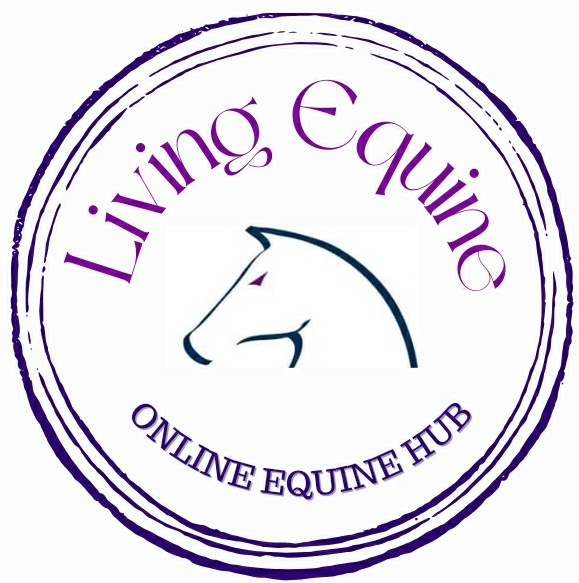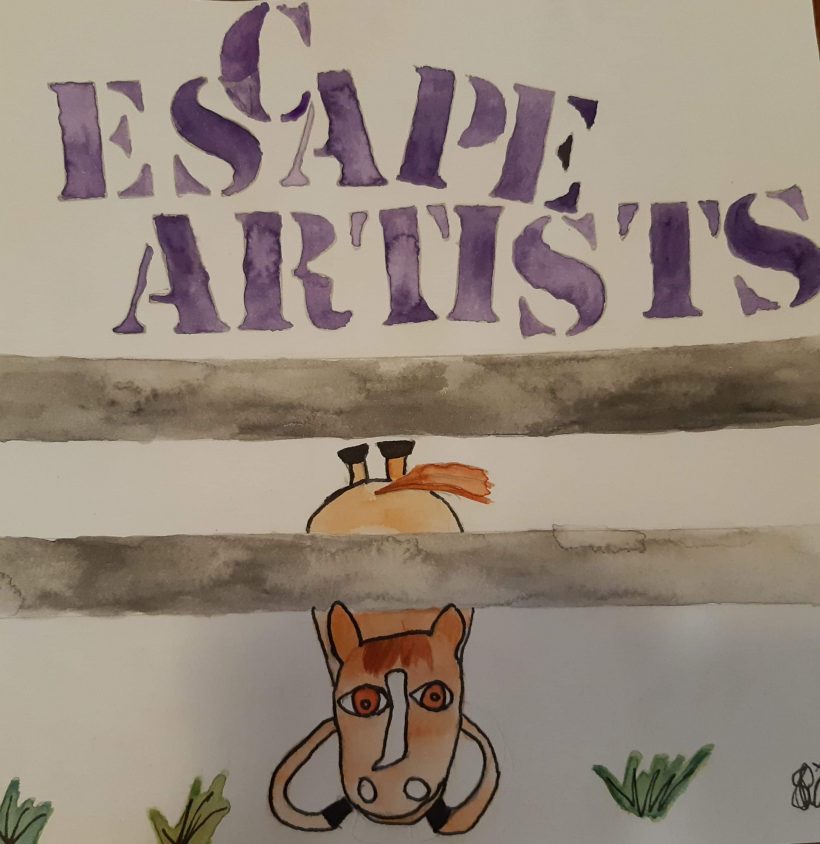Fences, stables and like structures are what horse managers/ owners rely on to safely keep their equine stock. However when human error occurs, gates or doors are not closed, or clever houdini horses begin escaping their confines, general day to day management becomes quite tricky.
Confining domestic horses in paddocks and/or stables is most of all for their safety. When this safety is tested, or alluded altogether, measures need to be taken to remedy any further escapes or attempts. A good guide to use when determining the reason behind the equine escapes, to remember that horses have flight or fight instincts. There must be something that is causing them enough discomfort, or enough temptation for them to want to flee.
Are they getting bullied? Is there a leak from the stable roof? Is there another horse that they want to be stabled closer to? Does this horse have to be stabled? Do they seem happier grazing with certain other horses/ animals? All these are questions that can be considered to determine a cause for the houdini tendencies.
Once a reason has been identified for a particular horse’s escapes, appropriate measures can be implemented to prevent the fleeing. If there is a bully making the escapee feel horrible, perhaps attempting to move the two horses apart in different paddocks or stable away from each other could work. If there is a leak in the stable roof, perhaps getting the hole fixed, and replacing the wet bedding may improve comfort. Horses are herd animals, so whenever possible having the escapee horse out grazing with friends, or stabled next to friends will also help. Hunger, thirst or lack of exercise/activity can be remedied by monitoring the amount of each they are receiving, and testing for dehydration by the pinch test. More feed, water or exercise can be supplied as neccessary, with hopefully improvements seen in behaviour.
There are of course physical changes that can also be made to prevent escapes including, installing horse safe gate or door latches, investing in electric fencing, putting up higher fences or placing some netting around the base of fences. All of these physical changes depend on how the horse is escaping, and what will possibly work in a horse safe way to prevent it occurring again.
In the event of possible escapes that do happen from time to time, ensure that there is a good sturdy barrier around the entire property, keep stables and property clear of clutter, ensure feed room is not easily accessible by horses, and when possible always have someone around to keep an on the place (so prompt action can take place in the event of a loose horse).
Hopefully by following some of the measures listed above, it can help to reduce the amount of escape plans that go ahead, and also ultimately have happier horses that don’t want to escape.
Feature Image courtesy of Yours Truly.
-Skye Pickering Dip. Horse Business Management

